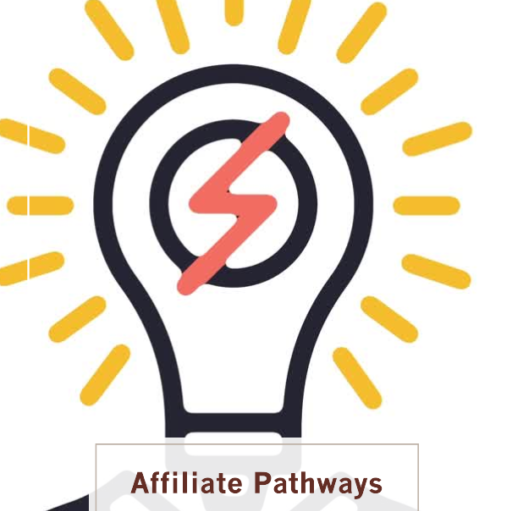
Being well-prepared is winning half the battle — as the saying goes.
In this post, I have identified 4 main priorities you could focus on in building a master plan for working with micro influencers in your chosen niche.
- Using AI and Data-Driven Influencer Selection
- Integrating E-commerce With Social Media
- Focusing on Authenticity and Diversity
- Building Long-Term Partnerships Over One-Off Campaigns
Before diving into the detailed plan below, a general statement about how this could be enacted effectively. First, Goal Definition and why it is important. Be clear in your mind what you are trying to achieve — is it, for example, to raise brand awareness; gain new followers; or, increase sales? While these objectives can be seen as being interrelated, they are by no means the same. Second, Audience Awareness — Who is your prospective audience?
Using these two broad questions and returning to them periodically whenever you feel lost (yes, this will happen), you can find your way back.
Artificial Intelligence — which is one of the main technologies you will be using (see below) — is increasingly becoming mainstream in various fields — even in selecting micro influencers.
However, it is not intelligent all the way. Digital technology is great at executing set tasks but it would be a grave error to assume that it is as self-willed as humans. Simply put, we have not got there yet technologically . . . may be that is not such a bad thing either. In order to get machines to work for us, we need to give them well defined goals — Goal Definition and Audience Awareness is still a human task, executing them can be left to the machines.
You may therefore appreciate, I hope, why these two aspects outlined above are so important.
Now to the real action — which, as you will discover, are subdivided internally between Conceptualisation and Action.
Why this division — you may ask? An action without an accompanying mental process is just an impulse. What we need for sustained growth is well thought-out actions, not random incoherent actions. Thus conceptualisation.
Here below conceptualisation is articulated as a question — why? — because a question is one of the most fundamental mental processes we have as conscious beings. “Why?,” you might say is the eternal question. A question also has an implicit urgency inscribed into it, the urgency to have it addressed. A question seeks an answer. Our most basic thinking processes are built on this question-answer structure. Questions leads to more questions in an endless chain. This is the structure of consciousness — a structure that we need to leverage as our most effective tool.
And, this is something not limited to this project, but could be applied to other aspects of life. That is the bonus for being in Affiliate Pathways.
So, four tasks and how to “action” them are delineated below.
1. Use AI and Data-Driven Influencer Selection
Conceptualisation — Which of these — brand awareness; gaining new followers; or increasing sales — is your primary target?
Action — Use your specific goal definition to assign tasks to these tech tools: Upfluence, HypeAuditor, Traackr, or Influencity.
2. Integrate E-commerce and Social Media
Conceptualisation — the combined force of the two can be greater than one individual force; besides, this is good practice. Which media platform — Youtube, or TikTok — best serves your chosen niche? All social media are not built equal. Some support E-Commerce integration (Instagram Shopping, TikTok Affiliate Program), others might not. There is another issue, unique engagement, which sets one social media apart from the other. Instagram is great for beauty and fashion, TikTok for health and fitness.
Action — Use AI tools (Upfluence or Heepsy) to identify micro influencers and develop a list (numbered in order of priority) of micro influencers to contact.
3. Focus on Authenticity and Diversity
Conceptualisation — Are brand (you); micro influencer; audience in alignment? That question, in turn, leads to another — How robust is your understanding of these two pillars, authenticity and diversity? Are your prospective micro influencer’s audience coming from actual interactions with their audience? What is the evidence of that?
Moving more specifically to the issue of diversity, how is the micro influencer’s audience composed? Which group is predominantly represented? For example, let us imagine that you want to promote make up advice in the beauty niche for women of colour, and you want a micro influencer in what can be described a niche within a niche. It therefore stands to reason you pay careful attention to minute details. If the vast majority of your chosen micro influencers are not coming from that same background that you are aiming for — women of colour, in this instance — then there is a misalignment, which in the long run will make your campaign less effective. Avoid this basic error from the outset by using the desired search terms — “women of colour,” for example, for audience analysis — to find the specific micro influencer for your brand.
Action — Use AspireIQ or Influence.Co
4. Build Long-Term Partnerships Over One-Off Campaigns
Conceptualisation — long-term partnerships have advantages over one-offs for sustained growth of your brand — think strategically, therefore, from the outset — which micro influencer could be the face of your brand? — this could be a two-way street, benefitting both parties equally. Thus, building a relationship with a micro influencer must by necessity rely on building customer loyalty and brand ambassadorship — so, the earlier question could be sharpened, made more specific, and reformulated as: How can you (the micro influencer) help me build customer loyalty and brand ambassadorship by being the face of my brand?
Action — approach your chosen micro influencer with these notions as your opening gesture — not only will this make the proposition more attractive but also make the partnership project viable in the long run.
